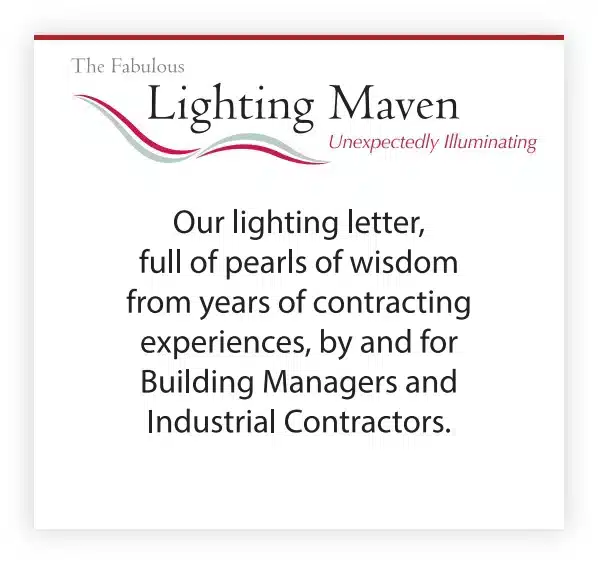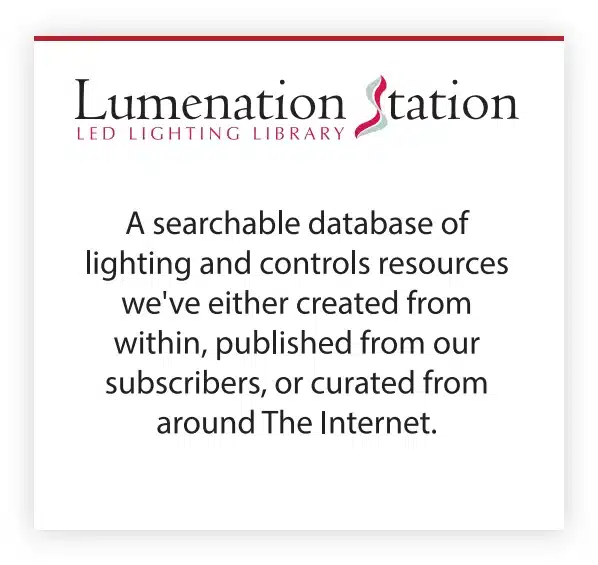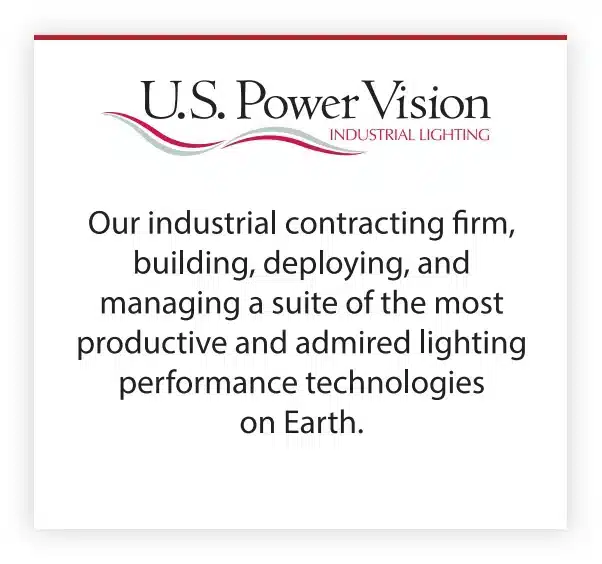Dear Reader:
As people, we live daily with the constant need to assess how to maximize the output of every one of our inputs. We do that by any of a myriad of ways, from determining what car will provide the most miles per gallon, to which steak will give us the most ounces per cent, to how you can maximize your furnace’s therms per dollar of natural gas.
Lighting system purchases are no different. In sizing up a potential system, one in which we’re preparing to make a recommendation to a client, we develop a number of metrics that statistically tell the story as to what the quality of a potential investment would be.
Lumens per Operating Dollar is one such metric. It’s very simple to construct, and is far and away better and more informative than Simple Payback, which seems to be the primary metric the industry uses to determine go/no go cap ex decisions.
LED Journal published an article several years ago entitled “LED ROI – Assessment Metrics With Lumens Per Dollar Over Warrantied Life”, and we think it’s worthy of your time to read it. Quoting from the piece:
“ROI is a very valuable assessment metric, but it does not address long term value when comparing one or more LED fixture to other options. Light output, measured in lumens, has been a performance metric in the lighting market relative to power consumption, measured in watts. The lighting industry has largely used lumens per watt (lm/w) as a guiding metric to determine fixture value. Lm/w is similar to miles per gallon (mpg) for vehicles, but it does not take into account cost. When buyers consider purchasing a car, the fuel efficiency is typically relevant, but mpg is only part of the decision relative to the total cost, features, and warranty on the vehicle.
“Lumens per dollar is a way to link the output of the light to the cost, and lumens per dollar over the warrantied life is a guide to determine lifecycle value and Total Cost of Ownership (TCO).”
- How many lumens will your LED fixture produce?
- How many watts of electricity will that fixture consume, over what period of time?
- What is the electricity cost per kWh?
The answer to these, set to a single formula, will provide the Facilities Manager with another tool toward understanding.






